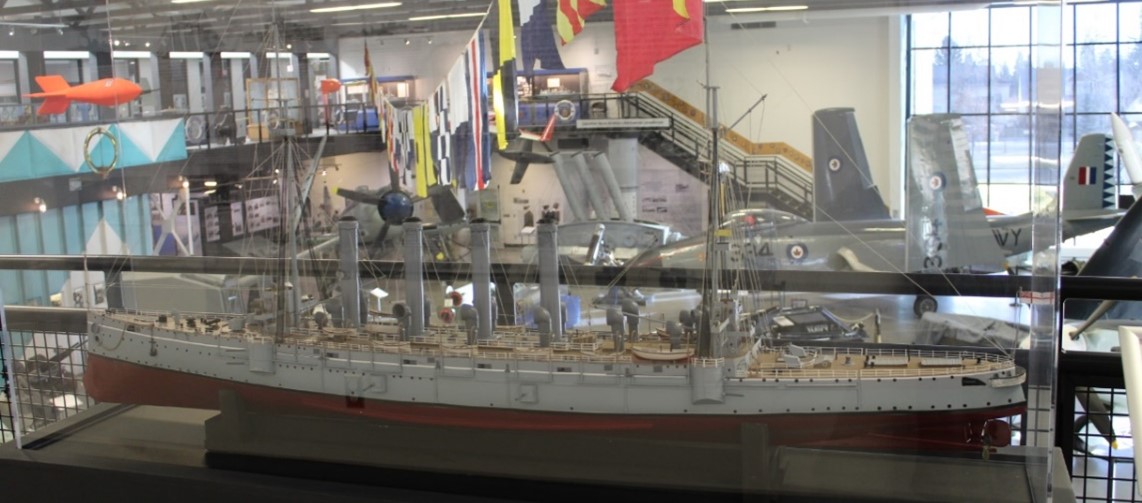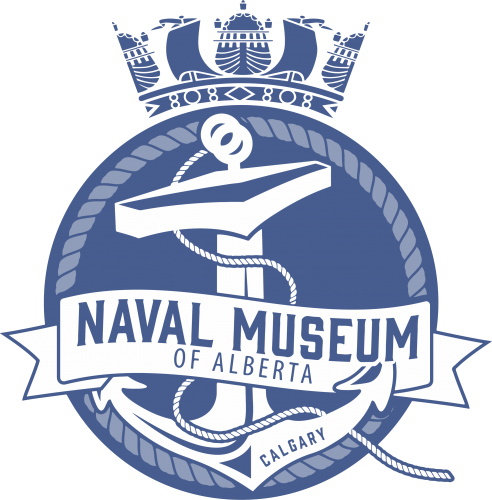HMCS Niobe and Rainbow

HMCS Niobe

HMCS Rainbow
The Niobe and the Rainbow were purchased from the Royal Navy in 1910 to be the first ships of the newly created Royal Canadian Navy.
Niobe was originally launched in 1897 as a Diadem-class cruiser. Prior to being sold to Canada, she worked as Channel Squadron during the Boer War, later being commissioned as a Royal Yacht for the world tour of the Duke and Duchess of Cornwall and York (later King George V and Queen Mary).
On 6 September 1910, the ship was newly renamed HMCS Niobe (rather than HMS) and was outfit with new heating systems to withstand colder Canadian waters, and had the galley updated once ownership transferred to Canada. She arrived in Canada on 21 October 1910 and ran aground shortly after her first launch from Nova Scotia on 30 July 1911. Even after repairs brought her back to fighting shape for WWI, she struggled to keep up with patrol or convoy work. Niobe was operational until September 1915, after which she served as a depot ship in Halifax, until she was sold for scrap in 1920.
Rainbow was an Apollo-class protected cruiser first commissioned in 1892. She was decommissioned by the Royal Navy in 1909 and presented to Canada in 1910 where she was renamed HMCS Rainbow and refit as a training vessel. Sent to Esquimalt, she was the only major Commonwealth vessel on the West Coast of North America when WWI broke out. She patrolled the Pacific Coast and performed reconnaissance on German shipping, but on 8 May 1917 she was decommissioned due to age, and her crew sent to the Atlantic to serve on newer vessels. She was recommissioned on July 5th as a depot ship and served as such until 1 June 1920, when she was sold for scrap.
She was the first Canadian ship to sail around South America by the Strait of Magellan.
Reference Links:
The Canadian Encyclopedia - HMCS Niobe
For Posterity's Sake - HMCS Niobe
Canadian War Museum - HMCS Niobe
For Posterity's Sake - HMCS Rainbow
Canadian War Museum - HMCS Rainbow
